What is decaf | advantages and disadvantages, efficacy and effect of decaf | can you reduce fat by drinking decaf?
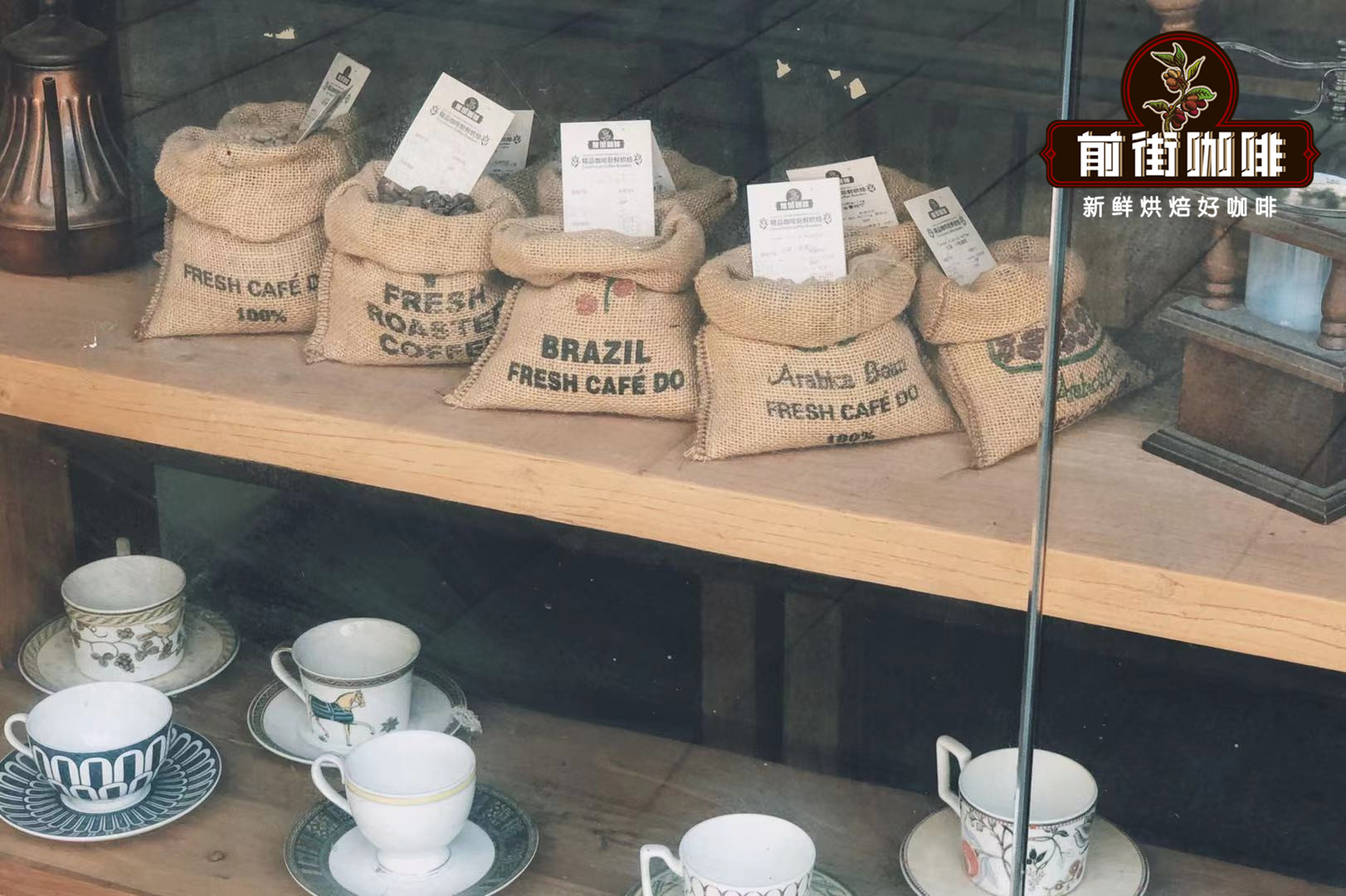
Professional coffee knowledge exchange more coffee bean information please follow the coffee workshop (Wechat official account cafe_style)
Senior coffee fans all know that the coffee beans used in boutique coffee are Arabica coffee beans, and their caffeine content is lower than that of Robusta coffee beans, so they have better results in coffee flavor cups. Robusta coffee beans are not used in boutique coffee because of their high caffeine content, low flavor, and even bad health if they drink too much. In addition, a low-caffeinated coffee bean with lower caffeine content than Arabica coffee beans is also popular on the market. Is it healthy to drink decaf? what are its advantages and disadvantages? Then the next article, Qianjie Coffee, will explain to coffee fans one by one.
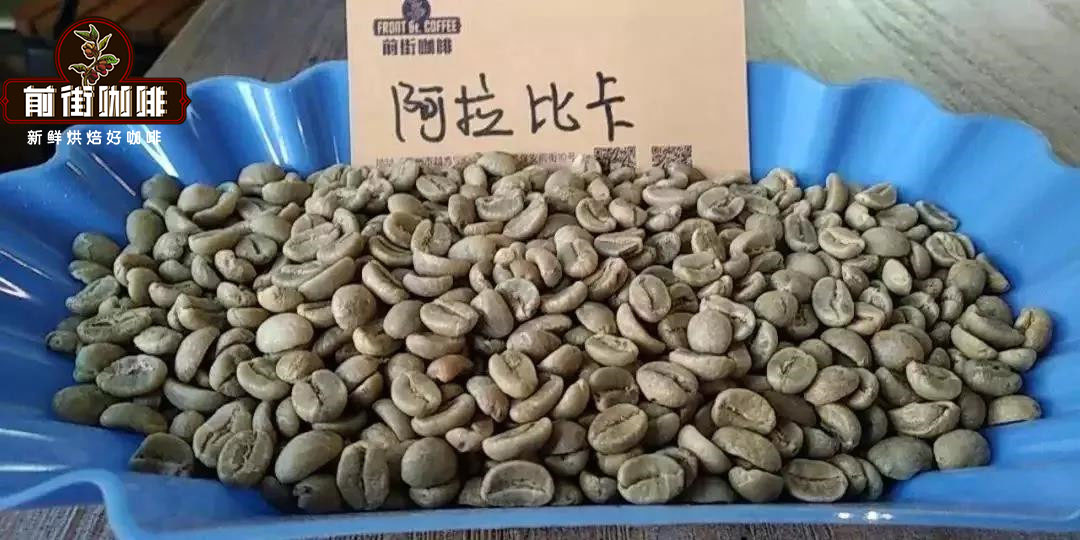
What is decaf?
In general, the weight ratio is used to measure the caffeine content of coffee beans. Arabica coffee beans have a caffeine content of 0.9% Mel 1.4% (an average of 1.2%), while Robsta has a caffeine content of 1.8% Rue 4% (average 2.2%). Decaf can be divided into natural decaf and artificially treated decaf (decaf). The EU standard for artificially processed decaf coffee is that the caffeine content after treatment does not exceed 0.1 per cent of raw beans, while the FDA standard of the US Food and Drug Administration is less than 3 per cent of the original caffeine content.
For example, in the front street coffee shop, there is currently a low-caffeine coffee bean from the Huilan area of Colombia, which has an excellent flavor.
Front Street Coffee Columbia decaf beans
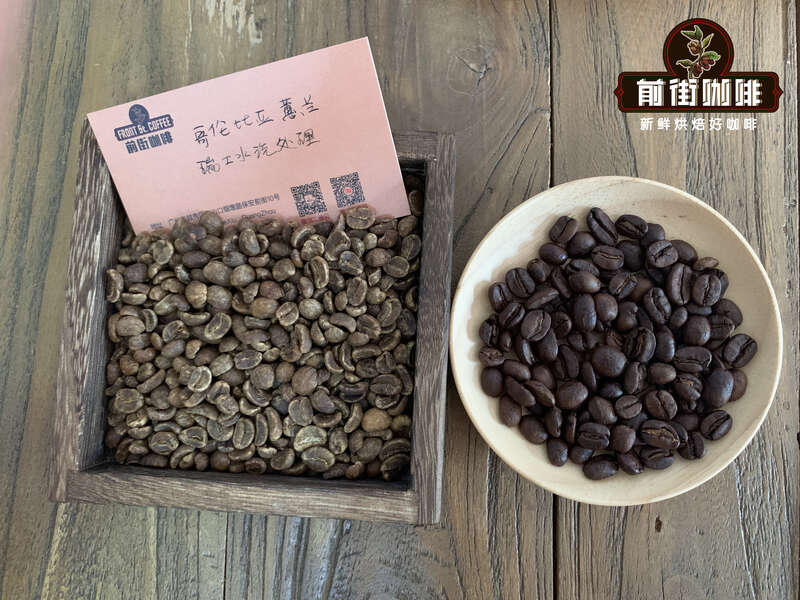
Producing area: Cymbidium Colombians
Altitude: 1750 m
Variety: iron pickup
Treatment method: Swiss water treatment
Flavor: berries, citrus, cocoa, nuts
Is decaf good?
Qianjie Coffee, a Colombian low-caffeinated coffee bean, is produced in Huilan, the most famous and highest coffee producing area in Colombia. The coffee beans produced here belong to the selected alpine coffee beans of the Colombian state company, which is known as the national treasure of Colombia. Therefore, this bass coffee bean from Huilan is destined to have a good flavor. After all, the flavor of a coffee bean also depends on its producing area, variety and treatment, and even coffee beans produced in the same area also need to be re-graded. So as long as the high-quality coffee beans have been screened layer by layer, how bad will the flavor be? assuming that the taste is not good, it must be the coffee bean itself that is not good. It's not to blame that the whole coffee category is bad. If you drink something bad, you must not drink it right.
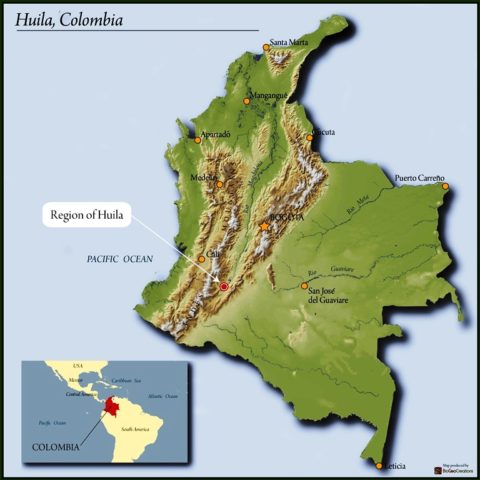
Therefore, Qianjie Coffee thinks that the fact that low-reason coffee is not good is not caused by treatment. Because most decaf coffee in the raw materials to choose some cheap, commercial grade coffee beans. Modern decaffeinated technology is quite complex, and in most cases, companies that produce decaffeinated coffee will naturally prefer some varieties of coffee beans with high caffeine content (such as robusta beans) when choosing raw materials. Coffee beans have been untasty before decaffeinated beans. Like other coffee beans sold in coffee shops, low-caffeinated coffee can perform very well even after decaffeination if it starts with high-quality Arabica beans from the beginning of raw beans.
And this batch of Colombian decaf beans selected for Qianjie Coffee is Supremo. Supremo is the highest ranking in the Colombian coffee bean system. The quality is natural and very guaranteed.
The treatment of decaf in Colombia
Low-caffeine treatment is divided into four kinds of direct / indirect solvent treatment, supercritical carbon dioxide treatment, Swiss water treatment and mountain spring water treatment, and the common ones are direct solvent treatment and Swiss water treatment. Like Qianjie Coffee mentioned above, this Colombian Huilan bass coffee bean is treated with Swiss water.
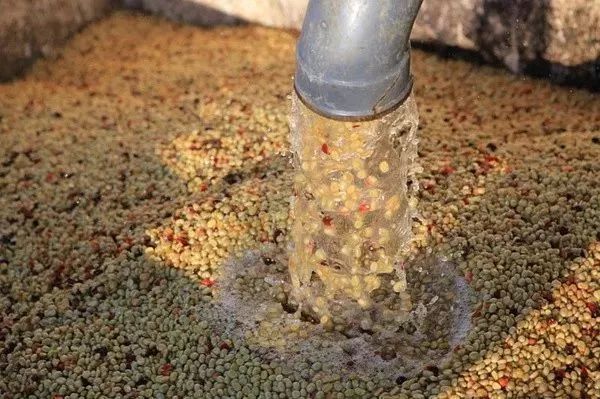
Swiss water treatment method
The first step of this treatment is to soak the raw coffee beans in hot water, and the soaking stage has actually partially removed caffeine. The soaked solution is then filtered with activated carbon and finally poured back into the coffee beans. This series of steps will remove caffeine more effectively. In addition to not requiring the use of chemical solvents, the soaked solution can also be reused in different batches of treatment procedures. The only drawback is that the coffee will lose its flavor in the process of filtration.
However, the caffeine removal rate of this method can reach 99.9%, which is also the highest method of caffeine removal. Although the Swiss water treatment method will lose some coffee flavor, it is easy to operate and efficient because of its low cost. So the low-caffeine coffee beans we see now are mainly treated with Swiss water.
Is it healthy to drink decaf?
In addition, many people think that drinking decaf coffee is not healthy, so what is the truth?
As mentioned above in Qianjie Coffee, decaf Decaf is the abbreviation of decaffeinated coffee (decaffeinated coffee). There are many ways to remove caffeine from coffee beans. Except for caffeine content, the nutritional value of decaffeinated coffee should be almost the same as that of ordinary coffee. However, depending on the method used, the taste and smell may become slightly mild and the color may change. This makes decaffeinated coffee more enjoyable for people who are sensitive to the bitterness and smell of regular coffee.
Do decaf beans mean no caffeine at all? No, decaf actually eliminates about 97% of the caffeine, not all the caffeine. Although there is still caffeine, decaf caffeine is less likely to affect most people than regular espresso.
Therefore, it is not harmful to the body to drink only the amount of caffeine that the body can accept within a day, but if you drink without restraint, the amount of caffeine that can be absorbed by the body exceeds the standard one day, it will naturally cause harm to the body.
The above is the relevant information about decaf coffee organized by Qianjie Coffee, hoping to help coffee fans know more about decaf coffee, then Qianjie Coffee will share how to brew decaf coffee.
How to brew decaf beans in front street coffee?
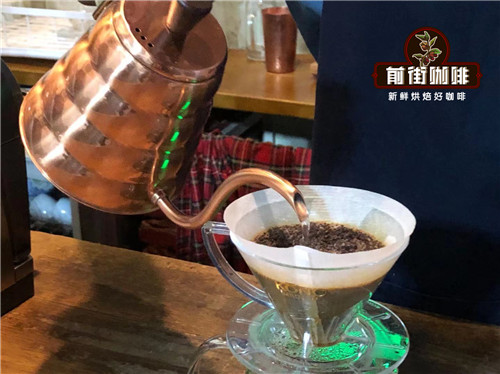
After the caffeine of low-caffeine coffee beans is released by soaking, the fiber structure of low-caffeine coffee beans is different from that of ordinary coffee beans, and the strong water absorption slows down the extraction speed, so the cooking parameters need to be adjusted. Filter cup: Kono filter cup water temperature: 88.8 ℃ powder quantity: 15g powder / water ratio: 1:15 Grinding degree: rough grinding / yellow granulated sugar thickness (Chinese standard No. 20 sieve pass rate 62%) front street stage brewing: pour coffee powder, pour in twice the amount of water (30ml) and steam for 30 seconds. Then carry out the second stage of water injection, gently circle and inject 150ml hot water to push up the powder layer so that the surface rushes out of the gold foam surface. When the water level of the powder layer drops slightly, the last section of 45ml is injected. After all the coffee liquid flows into the pot, remove the filter cup and end the extraction. The extraction time is 2 minutes and 10 seconds.
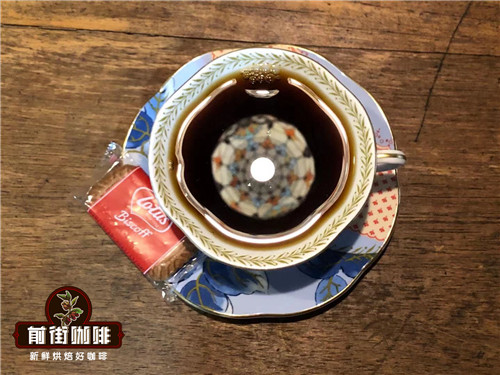
Colombian decaf coffee beans are flavored with dark chocolate, caramel, nuts and mellow taste.
For more boutique coffee beans, please add private Qianjie coffee on Wechat. WeChat account: kaixinguoguo0925
Important Notice :
前街咖啡 FrontStreet Coffee has moved to new addredd:
FrontStreet Coffee Address: 315,Donghua East Road,GuangZhou
Tel:020 38364473
- Prev
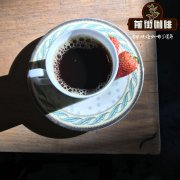
What beans are used in American coffee _ what American coffee beans taste good _ grinding coffee beans in American coffee
Professional coffee knowledge exchange more coffee bean information Please follow the coffee workshop (Wechat official account cafe_style) drip coffee pot suitable for what kind of coffee beans? Specific names, such as Mocha, Manning? ● 's so-called American coffee is made in a dripping coffee pot. Any kind of coffee can be made by dripping. But like mocha, Manning, Ba.
- Next
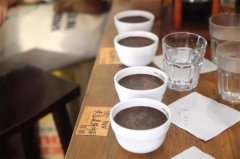
What is a cup test? Step of cup test method | Coe cup test standard | difference between COE and SCA cup meter
Professional coffee knowledge exchange more coffee bean information Please follow the coffee workshop (Wechat official account cafe_style) once you have entered this pit of individual coffee, you have more or less heard of the cup test. Sometimes when you buy coffee beans, you see a bunch of flavors written on it. These are what we feel during the cup test. What is a cup test? The so-called cup test is like
Related
- Beginners will see the "Coffee pull flower" guide!
- What is the difference between ice blog purified milk and ordinary milk coffee?
- Why is the Philippines the largest producer of crops in Liberia?
- For coffee extraction, should the fine powder be retained?
- How does extracted espresso fill pressed powder? How much strength does it take to press the powder?
- How to make jasmine cold extract coffee? Is the jasmine + latte good?
- Will this little toy really make the coffee taste better? How does Lily Drip affect coffee extraction?
- Will the action of slapping the filter cup also affect coffee extraction?
- What's the difference between powder-to-water ratio and powder-to-liquid ratio?
- What is the Ethiopian local species? What does it have to do with Heirloom native species?

